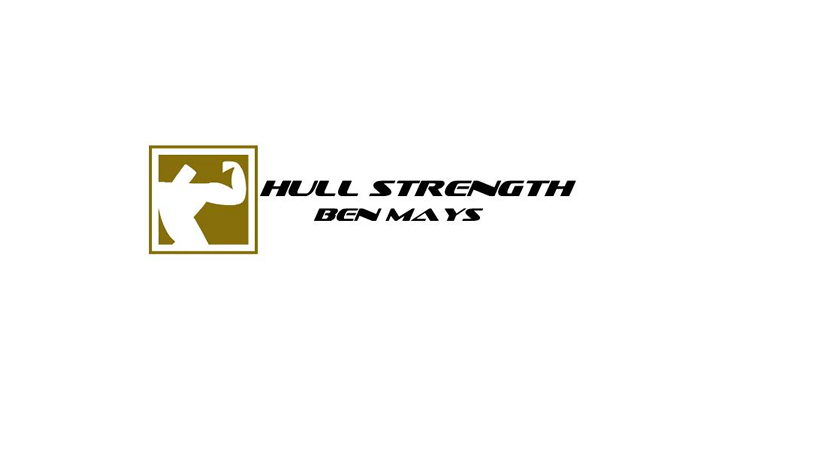1. You shouldn't be entering a fight beat up!!
You should be fit and healthy entering a fight, if you're going to enter the cage and give your best you shouldn't be beat up. Thinking you've not trained hard enough because you're not hurting on the night of your fight it dumb.
2. Quality Not Quantity
Anyone can go in the gym and do 4 or 5 hours training. But how much of this is really peoductive training? If you're an experienced fighter your sessions should be short duration (no longer than 1 hour 15 mins) of good quality, high intensity work.
3. Recovery
Naps during the day and AT LEAST 8 hours sleep a day! Insomnia is one of the top signs of overtraining, if you're experiencing this then you're likely overtraining.
4.Too Much Hard Sparring
Sparring can't be hard all the time, there needs to be a tactical or technical goal for each sparring session. Constant hard sparring leads to injury.
5. Get your coaches TALKING!
Training needs to be coordinated between all the different coaches, its not a pissing contest coaches!! If you need to go hard in a certain session then make sure you're going light somewhere else in the programme.
6. Get a Periodised training programme
Having a structured programme that takes care of your general and specific strength and conditioning needs is key, going consistently hard in a programme such as crossfit is not appropriate for athletes such as MMA fighters.
7. Use a variety of training methodologies
Every fighters different, what works for you won't work for the next guy so you need plenty of tools in the box. For older fighters olympic lifting probably isn't going to be a good fit, but for younger guys it may be perfect. Kettlebells, olympic weights, cables and many other systems mean that there's more than one way to skin a cat.
So these are my main take home points from these videos. I hope you enjoyed them.
Ben











